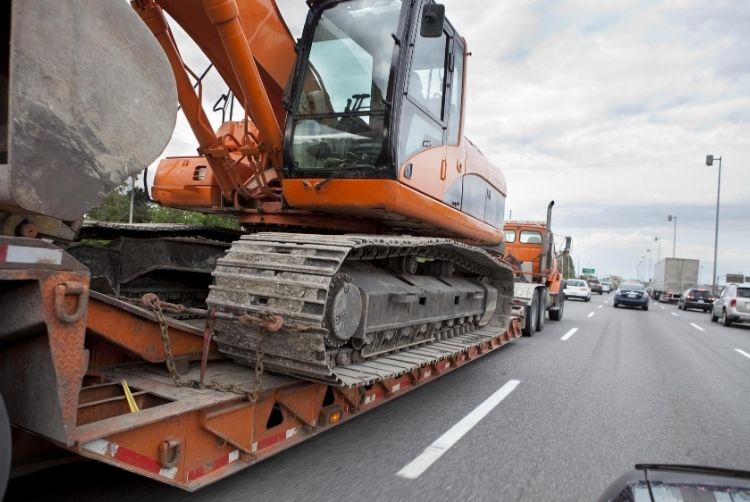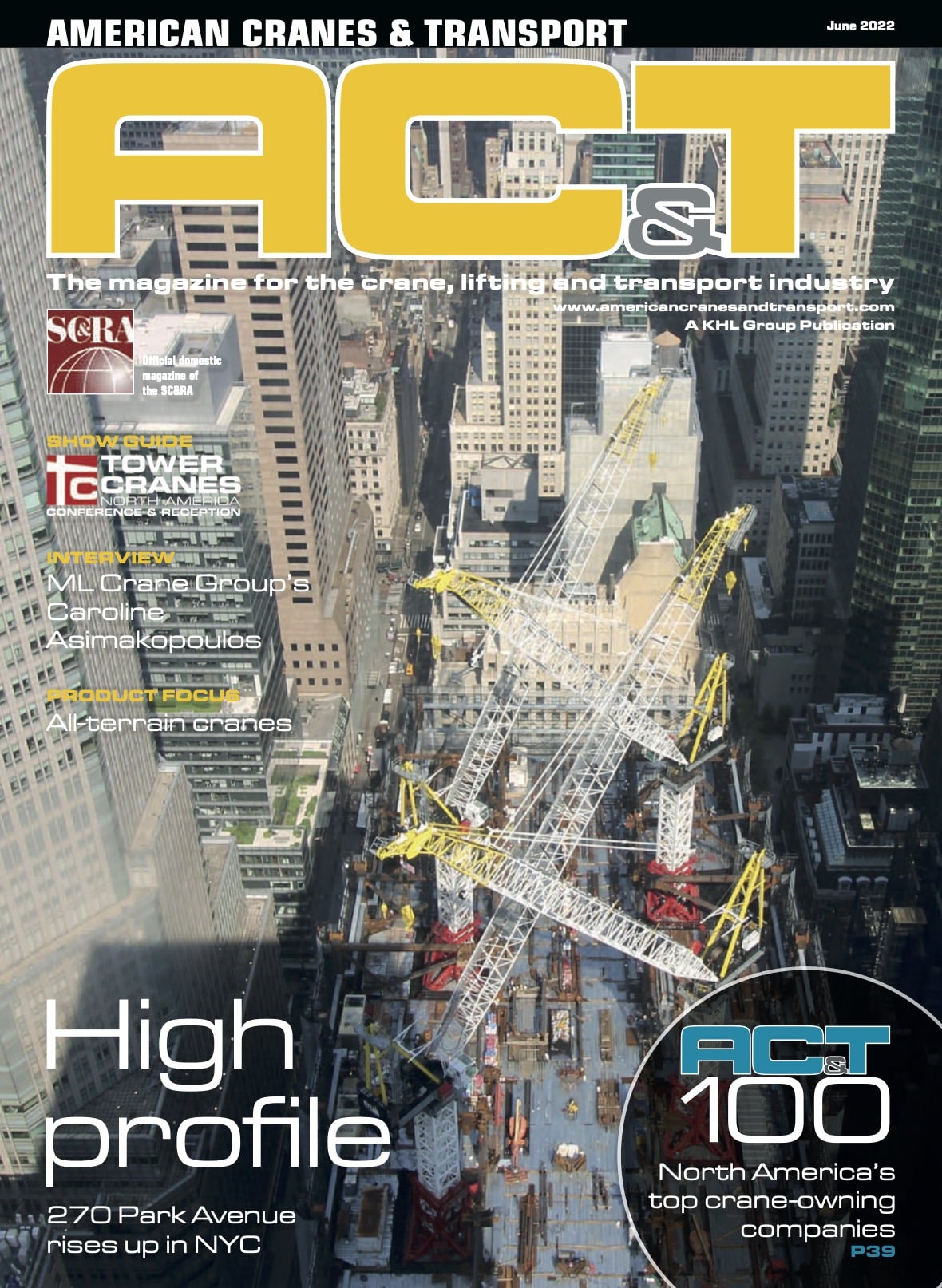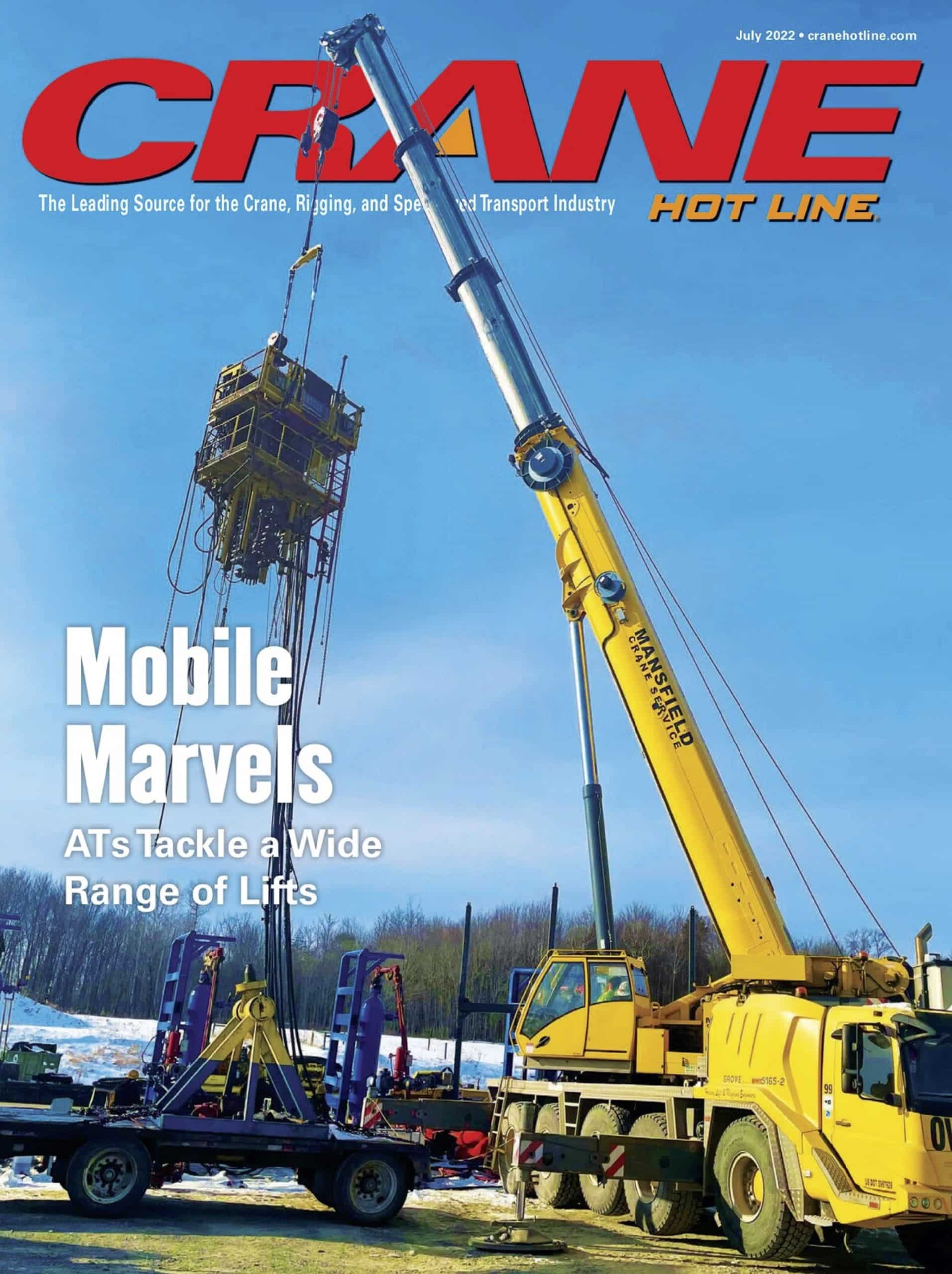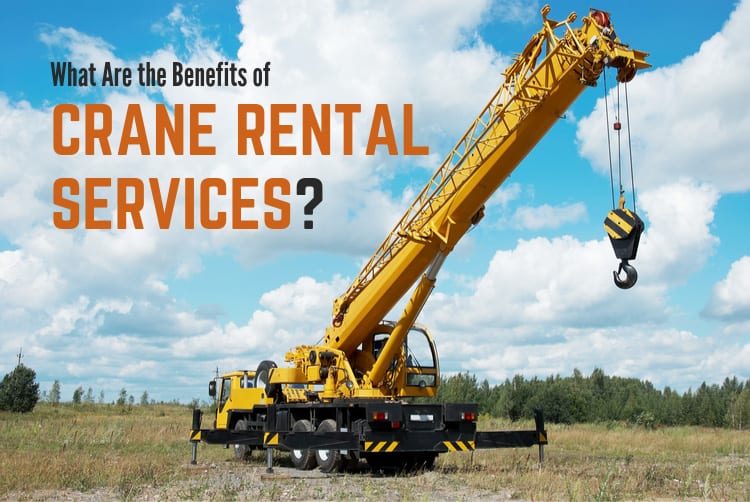The Department of Transportation (DOT) oversees transportation-related issues, including heavy hauling matters. Heavy haulers must meet certain requirements to transport their cargo safely and securely. Here is a brief overview of the DOT tie-down requirements for heavy hauling equipment.
DOT Performance Criteria
The Department of Transportation’s tie-down requirements include acceleration and deceleration performance criteria for heavy haulers. These performance expectations demand that any forward, rearward, or lateral movements meet the necessary velocity and speed requirements to transport cargo safely. The requirements are determined by the proportion of acceleration to gravity (g) and include 0.8 g deceleration in the forward direction; 0.5 acceleration rearward; and 0.5 g acceleration in the lateral direction. Each value considers the weight and braking capacity of each hauling vehicle.
DOT Tie-Down Requirements
Each securement device—straps, chains, synthetic web, wire rope, cords—has its own requirements based on working load limits. Marked tie-downs must not become loose, open, or release the cargo while in motion. Tie-downs must meet edge protection standards to resist abrasion or cuts. DOT requires unmarked tie-downs to also abide by these requirements. Any unmarked tie-downs must meet that of the working load limit. Further, the number of tie-downs depends on the cargo’s weight and length. There must be one tie-down that’s less than or equal to five feet and 1,100 pounds of cargo, or more than one tie-down if the cargo exceeds five feet or weighs more than 1,100 pounds. All cargo is placed in direct contact with each other to prevent shifting while in transit.
Commodity-Specific Tie-Down Requirements
The DOT requires cargo to be firmly secured within or on top of the vehicle using approved securement devices. Logs, dressed lumber, metal coils, paper rolls, concrete pipes, vehicles, heavy machinery, and large boulders all have their own specific requirements. For instance, no more than four processed logs can be secured at a time, and firewood, stumps, or short logs may be enclosed in containers before transport. Concrete pipes must be bundled together to prevent rolling. Check the DOT tie-down requirements before beginning any heavy hauling project.
At NessCampbell Crane + Rigging, we follow every DOT tie-down requirement based on the standards and expectations for every heavy machine we carry. That’s what makes us the premier crane, rigging, and hauling companies in Portland and throughout the Pacific Northwest. Call (503) 283-3111 today to learn more.






